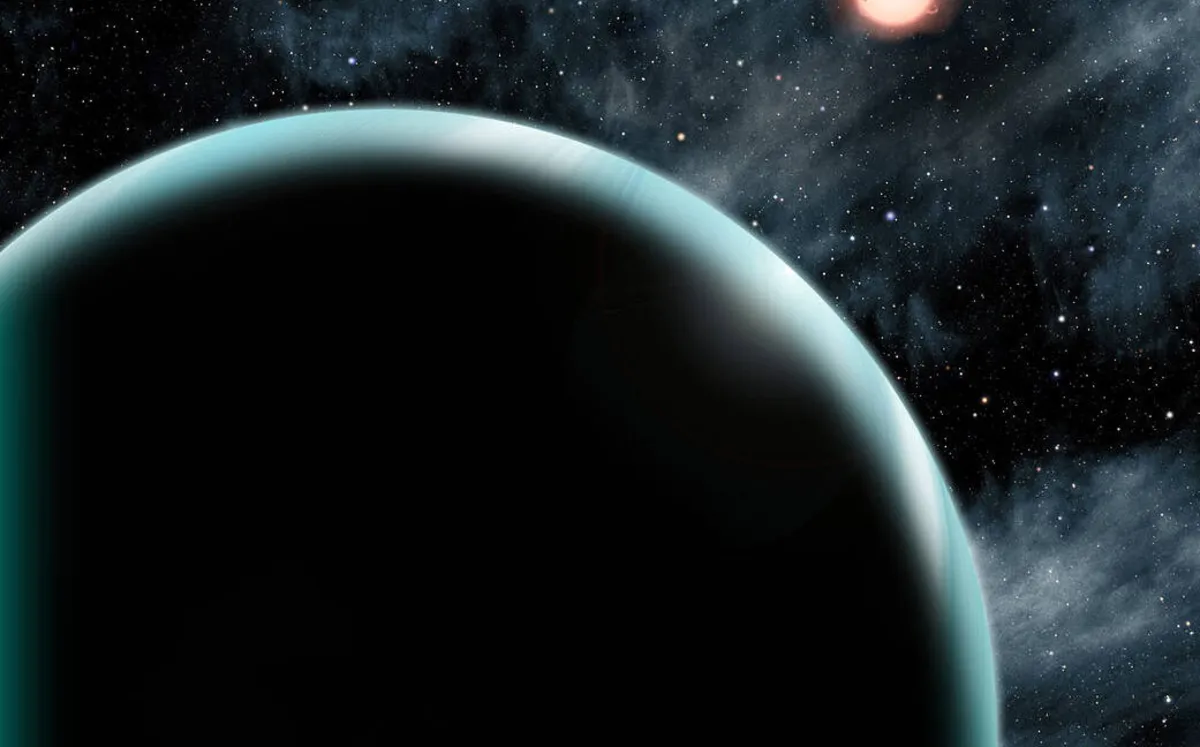
The concept of exosolar systems has captivated astronomers and space enthusiasts alike, as they often deviate significantly from our own familiar Solar System. While we are accustomed to planets like Earth, Jupiter, and Mars, many exoplanets discovered so far belong to entirely different categories, such as Hot Jupiters and Mini-Neptunes. Given the limitations of our discovery methods, a comprehensive understanding of the arrangement and composition of distant exoplanets remains elusive.
A recent study sheds light on the search for microlensing events, a phenomenon where a planet acts as a gravitational lens, magnifying the brightness of its host star. This temporary brightening can serve as an indicator of planets in more distant orbits, which traditional methods have often overlooked. Capturing such events is challenging, yet they hold the potential to expand our knowledge of planetary systems beyond our immediate solar neighborhood.
The two primary methods employed in discovering exoplanets are the transit method and radial velocity method. The transit method involves observing a star for dips in light, suggesting that a planet might be crossing in front of it. In contrast, the radial velocity method detects shifts in the star's light spectrum due to gravitational tugs from orbiting planets. These methods inherently favor planets that are closer to their stars, leading to a significant bias in our understanding of exosolar systems. Consequently, most of the exoplanets studied so far orbit much closer to their stars than Earth does to the Sun.
Even the furthest exoplanet identified by the Kepler mission is located at a distance comparable to Mars from the Sun. If we had been monitoring a star with a planet taking as long as Jupiter to orbit since the mid-1990s, we might have only recorded three transits by now. For planets in the vicinity of Neptune, it is highly likely that we would not have observed any events at all.
Microlensing can be viewed as the inverse of a transit event, where gravitational lensing causes a star to appear brighter. Detecting these events is complicated due to the relatively small magnitude of the brightening and the brief duration of the events, which can last only a few hours. Furthermore, if a microlensing event occurs during the day or on a cloudy night, it might go unnoticed unless observed from space. Unlike transit or radial velocity methods, microlensing does not provide much information about the planet itself; it only reveals the mass ratio between the planet and its star.
The team behind the recent publication utilized the Korea Microlensing Telescope Network, which comprises widely spaced telescopes that ensure optimal observation opportunities. Their study focused on a specific microlensing event, OGLE-2016-BLG-0007, initially reported by the Optical Gravitational Lensing Experiment (OGLE). This event involved one star acting as a lens that brightened a secondary star, revealing a small light bump indicative of a distant planet orbiting its host star.
Through their analysis, researchers determined that the mass ratio of the observed planet to its host star is approximately twice that of Earth to the Sun. Although detailed imaging of the host star was unavailable, researchers assumed it to be a red dwarf, leading to the conclusion that the planet has a mass about 1.3 times that of Earth. The microlensing data suggests that this super-Earth orbits at a distance roughly ten times wider than Earth’s orbit, akin to the distance of Saturn.
To gauge the prevalence of such planets, the research team analyzed over 60 likely exoplanets identified by the Korean telescope network. Their findings indicate a significant population of rocky super-Earths residing in orbits similar to those of Jupiter and Saturn, which starkly contrasts with our own Solar System's configuration. This suggests that many exoplanet systems may host rocky planets in distant orbits, potentially perpetually icy and lacking in the closer, warmer terrestrial planets we are familiar with.
While the total number of planets discovered via microlensing remains relatively small, the findings underscore the potential for a diverse array of exosolar systems that differ greatly from our own. If the trends observed in this study hold true, they could provide compelling evidence that our Solar System is indeed an outlier in the grand tapestry of planetary systems throughout the galaxy.